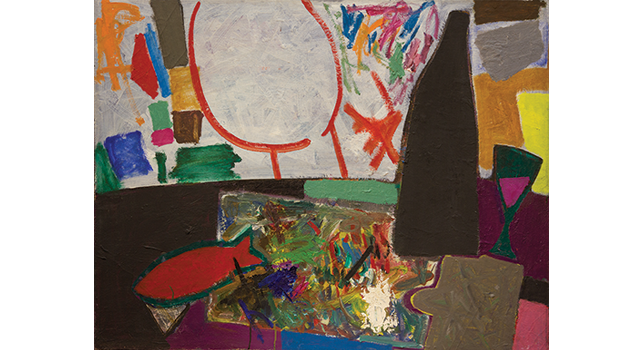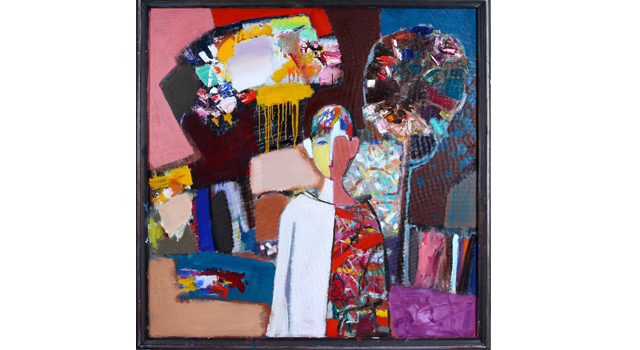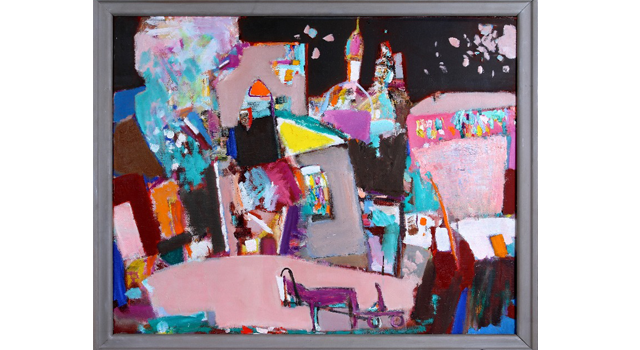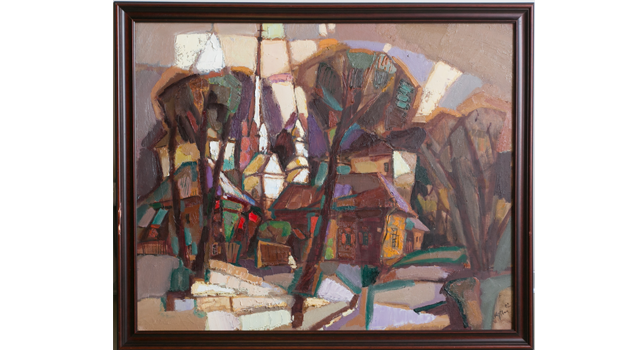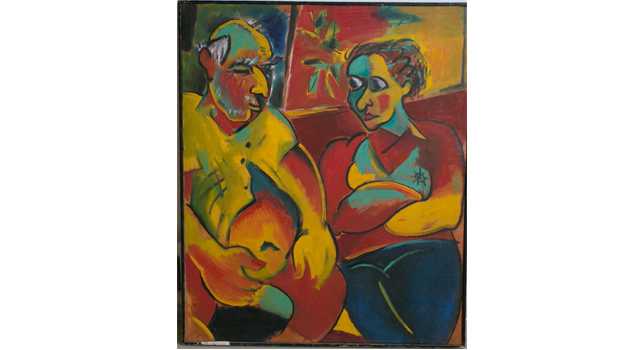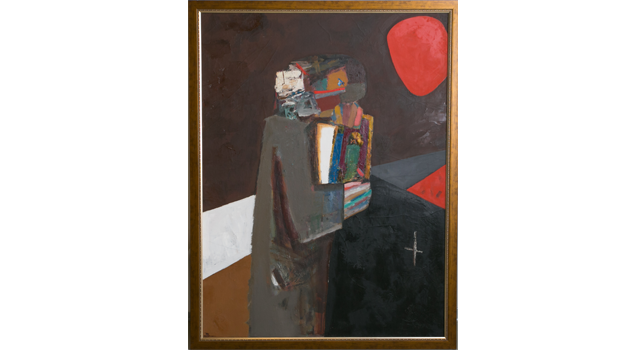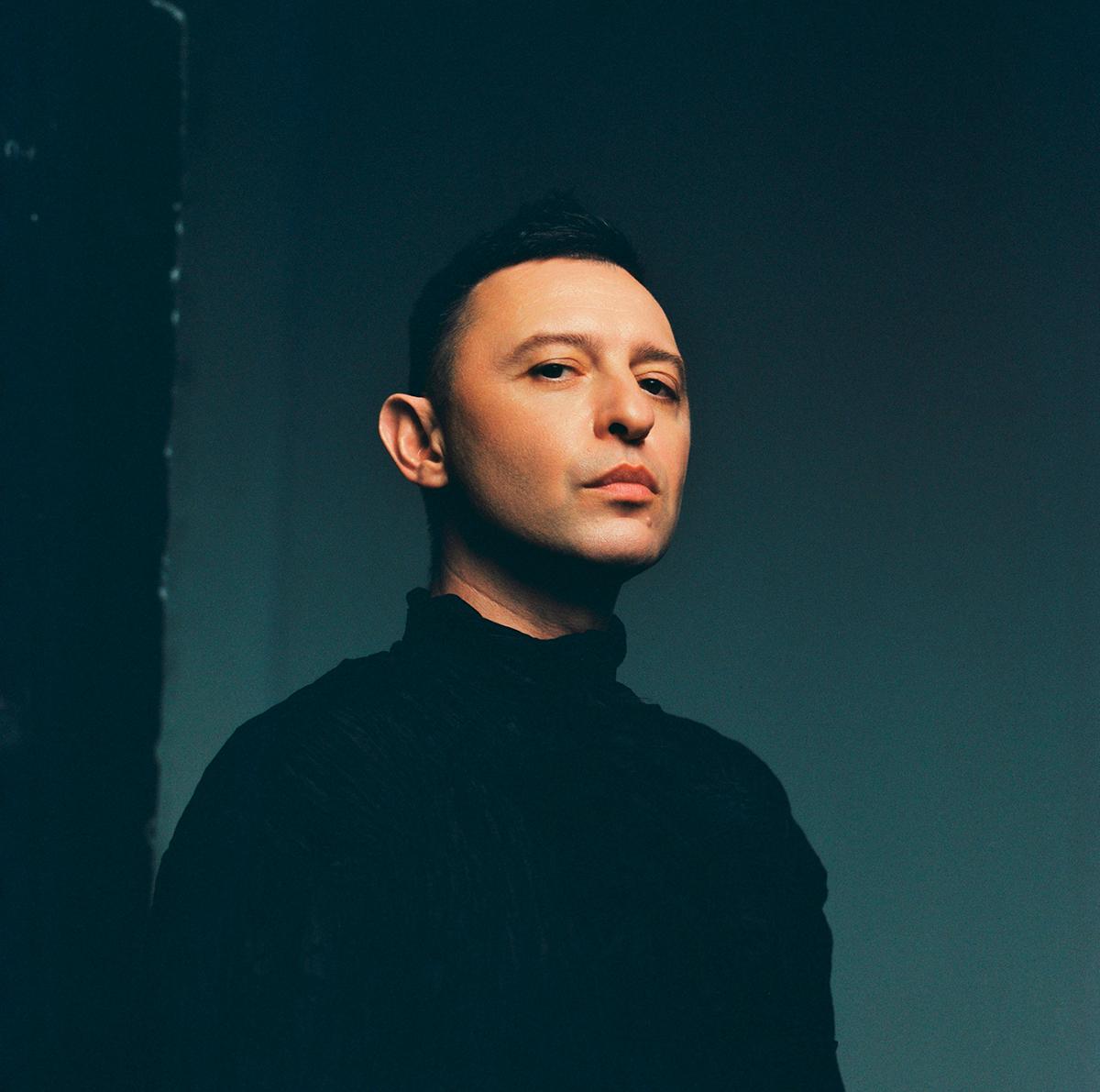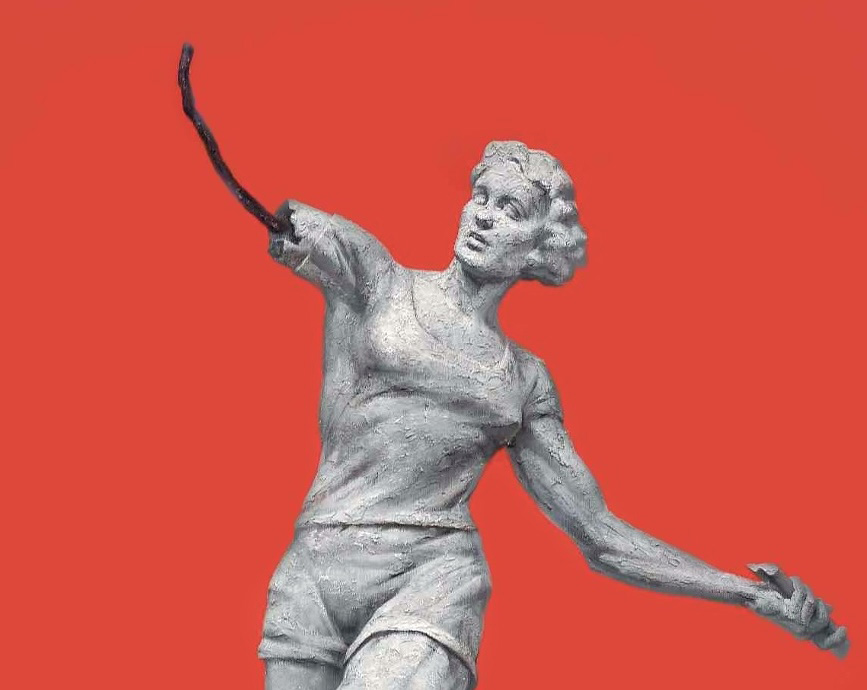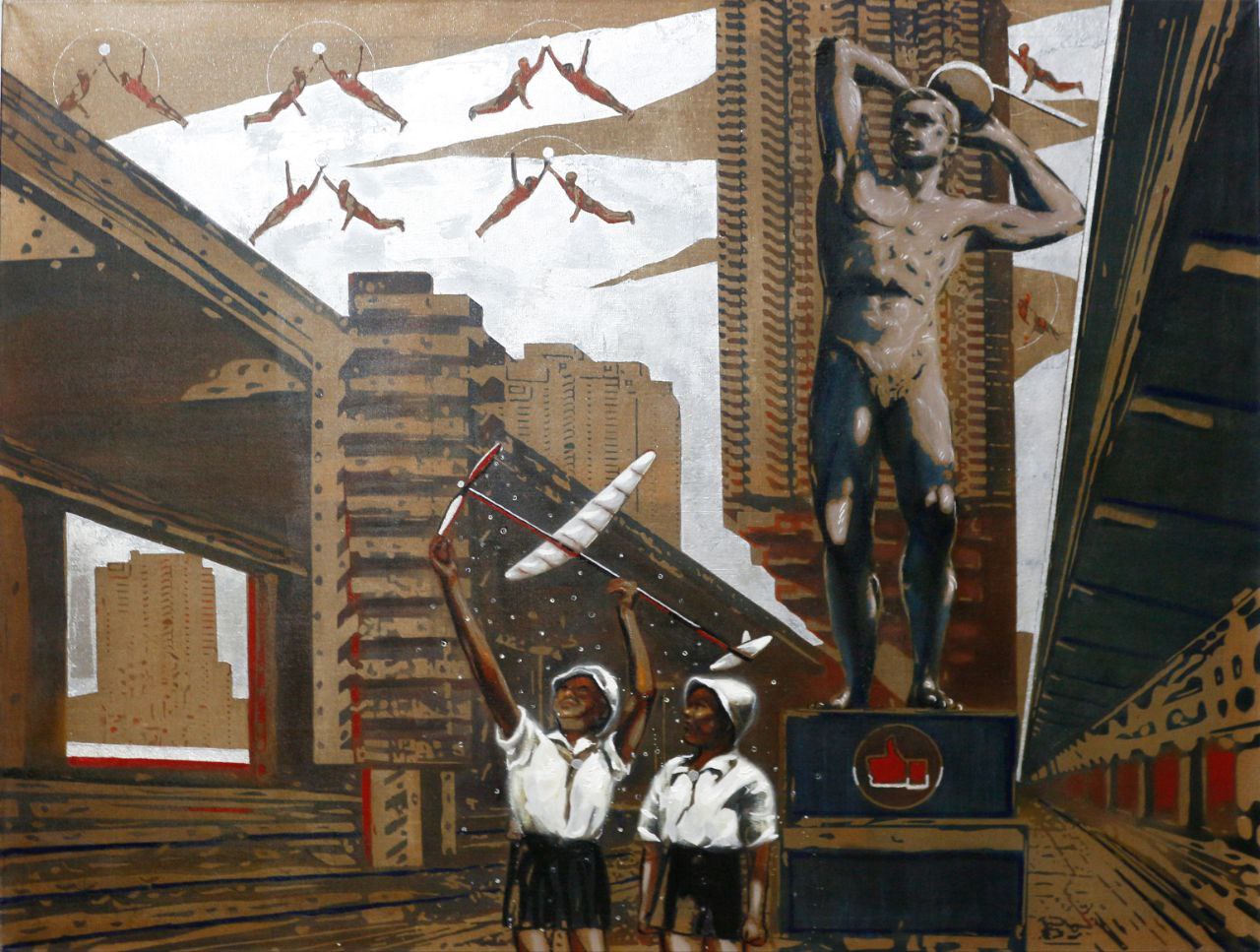“Irkutsk story” presents several chosen pages from the history of Irkutsk painting from 1980s until now
Irkutsk is an ancient Siberian city which serves as a cultural capital of the vast Eastern region. Bright contrasting light, faultless expressiveness of nature with its high mountains and wild rivers, and cultural potential of the city formed the characteristic specificity of the region. Here colors and factures are more important than academic fancies. Painting is mostly figurative and linked to the city, people and the surrounding nature. It is difficult to escape the charm of Baikal and Angara landscape.
Another feature of Irkutsk’s painting is in its self-sufficiency. It is not an export product but an autonomous form of artistic life, a regional form of self-knowledge which exists according to its own rules. Artists work for themselves, for Irkutsk citizens (recently also for Chinese market), live according to their own time, away from post-modernistic games, not chasing after global trends. Probably, the brightest period of Irkutsk painting happened in 1970-80-90 as a part of the second wave of Russian avant-garde.
Exhibition presents several chosen pages from the history of Irkutsk painting from 1980s until now. Its exposition features works by Andrei Rubtsov, Galina Novikova, Vitaliy Smagin, Boris Desyatkin, Nikolai Vershin and others. Unfortunately, many authors have passed away by now and most works were gathered from private collections, most notable of which are those of Victor Bronstein and Albert Lutikov.
One of the exhibition’s tasks is to introduce the figure of Boris Desyatkin to wider audience. His works are little known beyond the borders of the eastern Siberia. His freely expressive painting manner is characterized by sharp and continental features with a touch of suicidal vitality prompted by the self-destructive personality of the author.
“Irkutsk Story” is the first exhibition of a museum level of Irkutsk painters in St Petersburg. It is also the first attempt to define Irkutsk artistic identity. Basically, Irkutsk is another far-away Russia which is situated in a different landscape, climate, and cultural context.
The featuring artists are united not only by their geographical and historical backgrounds but also by their shared aspiration towards the pure painting and metaphorical perception of the surrounding environment. Their painterly techniques are strictly personal while their artistic trajectories are defined by time and space.
The exhibition is a collaborative effort of Erarta Museum and Galleries of Contemporary Art and Irkutsk gallery Dias, and it has been organized as a part of “Russia in Erarta” project.
Vladimir Nazanskiy,
Exhibition Curator

